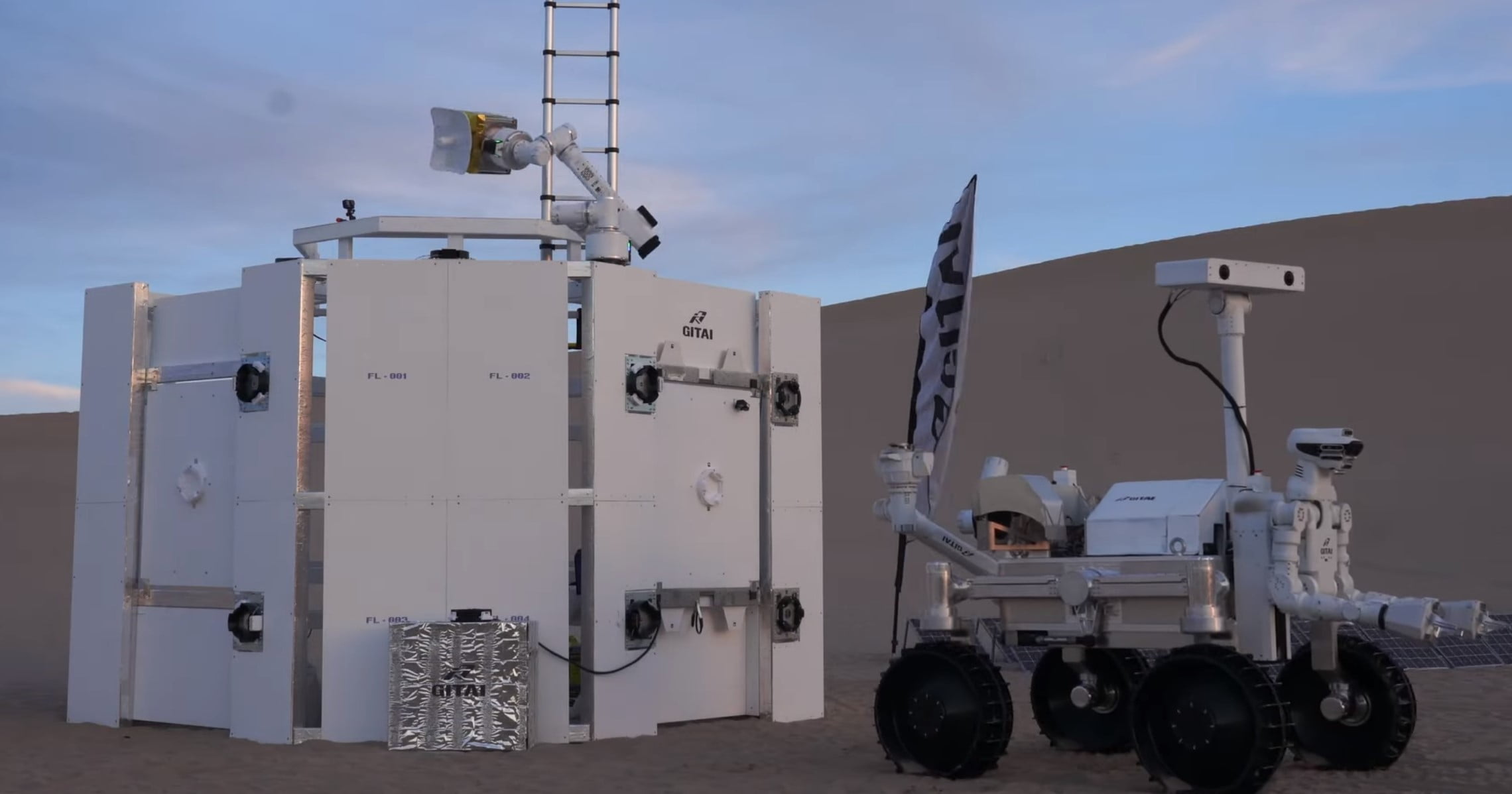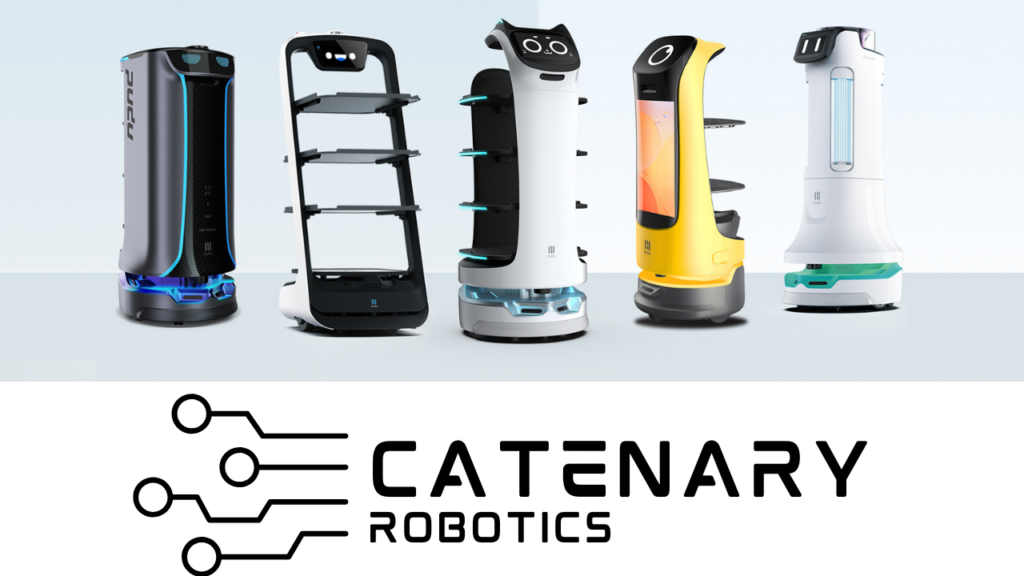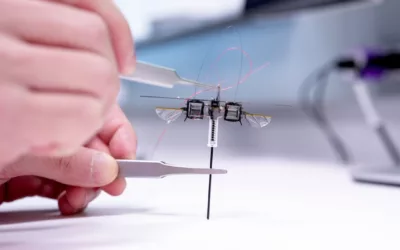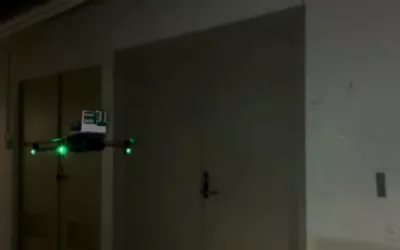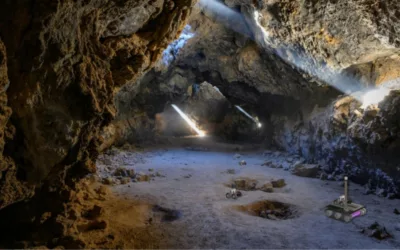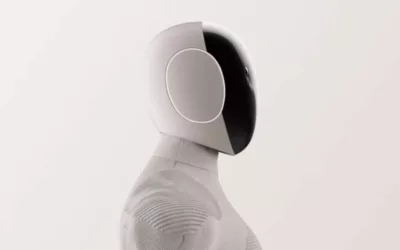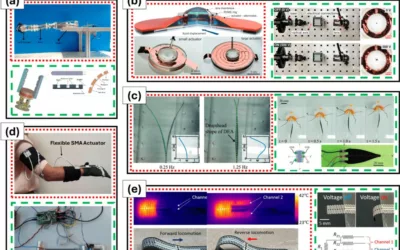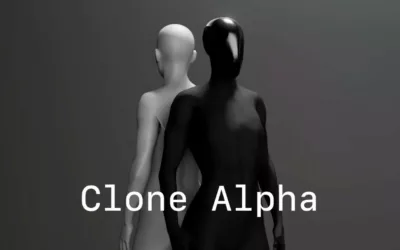In a stride towards advancing its lunar technology ambitions, GITAI, a space robotics startup, has secured an additional $15 million in funding. This follows the company’s recent announcement of a $30 million Series B extension round three months ago. The investment is set to fuel Gitai’s expansion efforts and foster strategic collaborations, as it positions itself as a key player in the space exploration landscape.
Gitai’s Vision and Mission
Gitai, headquartered in both Japan and California, is committed to transforming the realm of space exploration with its robotics solutions. These robots are primarily focused on the construction and maintenance of space colonies and infrastructure, serving as the workforce for future extraterrestrial ventures.
Funding Impact and Growth Prospects
The additional funding will play a pivotal role in bolstering Gitai’s presence and operations in California. Notably, Gitai’s CEO, Sho Nakanose, highlights the funding’s significance in cultivating strategic relationships with institutions including NASA, U.S.-based commercial space entities, and the Department of Defense. This strategic alignment is poised to accelerate Gitai toward becoming a pivotal contributor in shaping the future of space exploration.
Gitai’s Offerings
Gitai’s robotics offerings include a specialized two-meter-long “inchworm” robotic arm tailored for space station operations. Complementing this is a lunar rover designed to facilitate infrastructure development, marking Gitai’s foray into lunar exploration and development.
Capabilities and Contributions
Gitai’s combined robotic arm and rover solution can undertake a spectrum of crucial tasks essential for lunar exploration and the establishment of lunar bases. These include excavation, inspection, assembly, and welding – all important components for building a sustainable lunar presence.
Next Steps and Aspirations
Looking ahead, Gitai’s roadmap includes the deployment of the “S2,” an autonomous robotic arm system measuring 1.5 meters in length, scheduled for launch outside the ISS Airlock in the coming year. Pending NASA’s safety evaluation, Gitai plans to embark on a cargo resupply mission in December. Additionally, discussions are underway to potentially launch the rover and inchworm to the moon by 2026, a move that aims to showcase the construction of communication antennas and solar panels.
Diverse Funding Partnerships
The most recent funding is a result of collaborations with renowned Japanese entities. Participation from firms like Green Co-Invest Investment Limited Partnership, Pacific Bays Capital’s Pacific Bays Fund 1 & 1A Investment Limited Partnerships, and MSIVC 2021V Venture Capital Investment Limited Partnership underscore the shared vision for space innovation.

